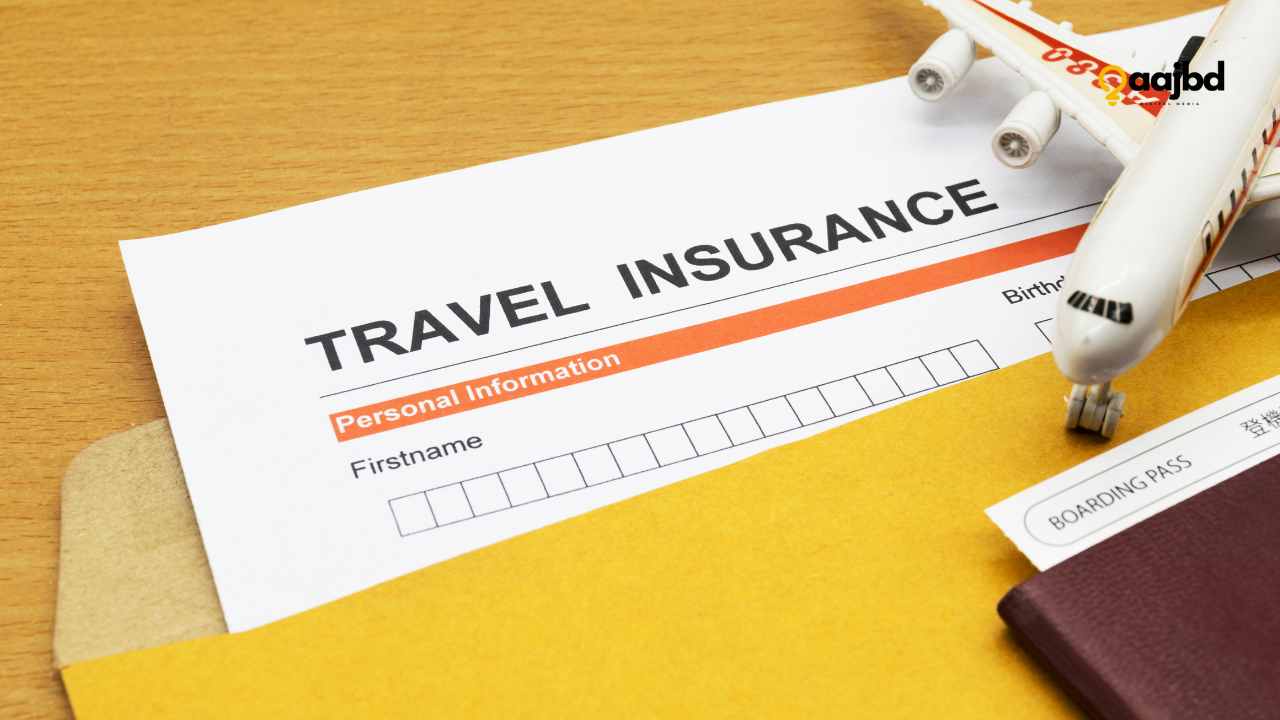Anúncios
Have you ever gazed at a world map and wondered why flights rarely travel directly from east to west? It seems like a simple question, yet the answer is wrapped in layers of fascinating science and intricate logistics.
Picture this: you’re planning your next big adventure, and you find yourself asking why your flight path seems to zigzag across the globe instead of taking a straightforward route. This article is your gateway to understanding the mysterious world of aviation routes.
Anúncios
By the end, you’ll not only satisfy your curiosity but also gain insights that might just change how you view air travel forever. Buckle up and get ready to uncover the secrets of the skies!
Common Misconceptions
Many believe flights don’t travel from east to west due to restrictions. This is a common misconception. Understanding flight paths can clarify this confusion. Let’s explore what truly influences these routes.
Anúncios
Perceived Restrictions
People often think air traffic rules limit east-west flights. This isn’t accurate. Airlines face no prohibition on directions. Weather, wind, and fuel efficiency guide decisions. These factors shape flight paths more than rules.
Flight Patterns And Routes
Routes depend on wind patterns. Tailwinds and headwinds impact flight efficiency. Flying east often takes advantage of jet streams. This reduces travel time and fuel use. Westward flights face headwinds, increasing duration.
Airlines aim for cost-effective paths. Fuel savings influence route planning. Safety also plays a crucial role. Pilots choose routes with favorable conditions for smooth travel.
Misunderstandings about flight directions arise from complex factors. Understanding these helps travelers grasp why flights vary. It’s all about efficiency and safety in the skies.
Physics Of Flight
Flights typically prefer eastward routes due to the jet stream. This strong wind blows from west to east. It saves fuel and time. Traveling west means flying against these winds, which requires more energy and time. This makes eastward flights more efficient.
When you think about the physics of flight, it might seem mysterious or even magical. Yet, it’s all about science and understanding how air and forces work together to keep airplanes in the sky. Let’s dive into why flights typically don’t travel from east to west as often, starting with the fascinating physics behind it.
Influence Of Jet Streams
Jet streams are fast-flowing air currents high in the atmosphere. They travel from west to east, influencing flight paths and times. When planes fly with these jet streams, they can move faster, saving time and fuel. Have you ever been on a flight that arrived earlier than expected? That could be thanks to a jet stream. Airlines often plan routes to take advantage of these natural speed boosts. But flying against them can slow you down and use more fuel.
Earth’s Rotation Effects
The Earth rotates from west to east, and this has a significant effect on flight dynamics. This rotation creates what’s known as the Coriolis effect. This effect influences weather patterns and, subsequently, flight paths. Consider how a spinning top moves. Just like that, Earth’s spin affects how air moves around it. This movement can make eastward flights quicker. Have you ever noticed that your flight to a destination took less time than your return flight? Earth’s rotation is partly why. Understanding these factors can change how you see your next flight. Would you choose a faster route or a more scenic one? The physics of flight offers fascinating insights into why certain routes are chosen, and how nature plays a role in our travels.
Airline Logistics
Have you ever wondered why flights seem to favor certain directions over others? It’s all about airline logistics. This behind-the-scenes process shapes the routes planes take, optimizing their efficiency and cost-effectiveness. Let’s dive into how airlines plan their routes and weigh the costs to ensure smooth skies.
Route Planning Strategies
Airlines use sophisticated software to chart the best possible paths. They consider weather patterns, air traffic, and even geopolitical factors. A direct flight might seem ideal, but sometimes, detours save time and fuel.
Think about the last time you flew. Did your plane zigzag across the sky? That wasn’t a mistake; it was a carefully planned strategy. Airlines aim to minimize turbulence and avoid congested airspace, ensuring a comfortable journey.
Cost And Efficiency Factors
Flying east to west isn’t just about direction; it’s about dollars and cents. Airlines scrutinize fuel consumption, crew costs, and airport fees. These factors dictate whether a route is viable.
Consider the cost of jet fuel—a significant expense for airlines. By choosing efficient paths, they reduce consumption, keeping ticket prices competitive. It’s a balancing act between providing affordable fares and maintaining profitability.
Next time you book a flight, pause and think: how do airlines decide these routes? It’s a complex puzzle where every piece impacts your travel experience. Are you intrigued by the logistics that make your journeys possible?
Credit: www.quora.com
Technological Advances
Flights rarely travel east to west due to the Earth’s rotation, which affects wind patterns and flight efficiency. Planes prefer west-to-east routes to take advantage of tailwinds, reducing travel time and fuel consumption. This results in more efficient and economical journeys for airlines and passengers alike.
Technological advances in aviation have transformed how we understand flight paths, including the curious case of why flights predominantly travel from west to east. While the Earth’s rotation plays a significant role, technology has revolutionized the aviation industry, offering new perspectives on flight routes. Let’s delve into how these advances have shaped air travel.
Navigation Systems
Modern navigation systems have drastically changed how pilots plan and execute flights. They offer precise data, which helps in selecting the best routes, considering factors like wind patterns and air traffic. Have you ever wondered how pilots make quick decisions in mid-air? Navigation systems allow them to adapt routes in real-time, enhancing efficiency and safety. By enabling more direct paths, these systems can reduce flight time, even if it means flying against the natural rotation of the Earth.
Aircraft Design Innovations
Aircraft design has seen remarkable progress, allowing planes to fly faster and more efficiently. Engineers have introduced lighter materials and more aerodynamic shapes that improve fuel efficiency and speed. Imagine flying in a plane that cuts through the air with minimal resistance. Modern aircraft are designed to do just that, making east-west flights more feasible. These design improvements mean that even flights against prevailing winds can be competitive in speed and efficiency. Are you curious how these technological advances could influence your next flight? As technology continues to evolve, the possibilities for new flight paths and faster travel are endless. Stay informed and watch as the aviation landscape continues to change.
East To West Journeys
East to West journeys across the globe seem puzzling. Many wonder why flights don’t travel this route often. The answer lies in several factors. Weather patterns, jet streams, and time zones play a role. Understanding these can make your travel experience smoother.
Real-world Examples
Some airlines fly east to west, but it’s rare. They often use this route for specific destinations. For instance, flights between Tokyo and New York may go this way. These flights choose paths based on efficiency and safety. The jet stream winds can impact fuel costs. Airlines aim to save time and money, so they choose routes wisely.
Passenger Experiences
Passengers often notice differences on east to west flights. These flights can feel longer due to headwinds. Travelers might experience more turbulence because of jet streams. This can make the journey less comfortable. Time differences also affect passengers. Jet lag is more severe when flying this way. Adjusting to a new time zone becomes challenging. Many find it harder to sync their sleep patterns.

Credit: www.youtube.com
Debunking Myths
Air travel is often surrounded by myths and misconceptions, especially regarding the directions flights take. One common myth is that planes don’t travel from east to west. This might sound puzzling to frequent flyers who have journeyed across various time zones. Let’s explore the truth behind this myth and understand the dynamics of flight paths.
Clarifying Flight Dynamics
Flight paths are primarily determined by efficiency, safety, and air traffic control. Airplanes certainly travel from east to west, and vice versa. Jet streamsplay a significant role in this. These fast-flowing air currents can help or hinder flight speed, depending on the direction.
When flying eastward, planes often ride the jet streams to save fuel and time. Westward flights tend to avoid these streams, resulting in slightly longer journeys. This doesn’t mean westward flights are impossible; they are simply planned differently.
Breaking Down Misunderstandings
One misunderstanding is that airline schedules avoid westward flights. In reality, airlines design schedules to maximize efficiency and meet passenger needs. If you’ve flown from Los Angeles to Tokyo, you’ve traveled westward, proving this myth false.
Think about your last international trip. Did you notice the flight’s direction? Many passengers don’t, because they trust airlines to optimize routes. Rest assured, planes travel in both directions frequently and safely.
Another question might be: Why do some flights take longer in one direction? This often relates to wind patterns and air traffic. Though it might seem puzzling, it’s part of the intricate planning that ensures your safety and comfort.
Next time you book a flight, take a moment to appreciate the complexity behind its route. Your journey, whether east or west, is part of a carefully orchestrated plan. This knowledge might make your window seat view even more fascinating.
Conclusion
Air travel directions depend on several factors. Wind patterns play a big role. Flying east benefits from tailwinds, saving fuel and time. Westward flights face headwinds, causing longer trips. Routes also consider safety and efficiency. Airlines choose paths that balance these factors.
Geography influences flight paths too. Mountains, oceans, and restricted zones affect decisions. Every flight aims for a smooth journey. Travelers can rest assured that airlines prioritize safe and efficient routes. Understanding these factors helps appreciate why flights often follow these patterns.
The sky is a complex place, and every decision counts.





